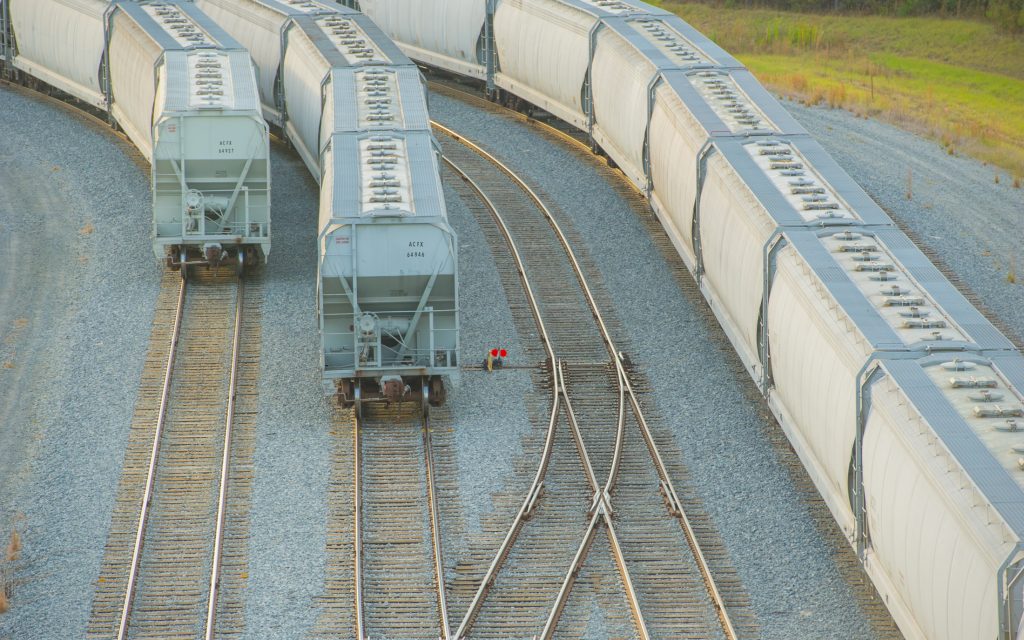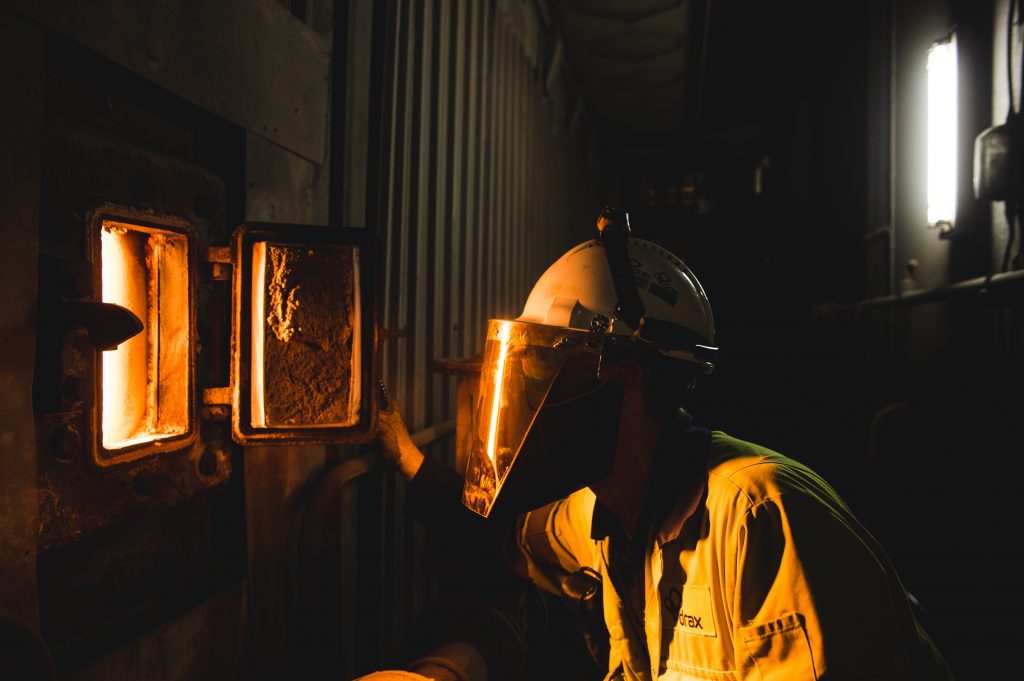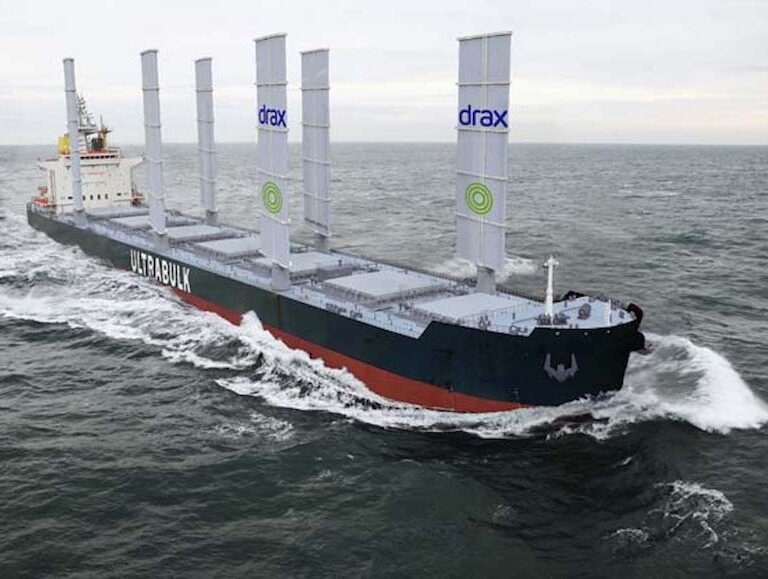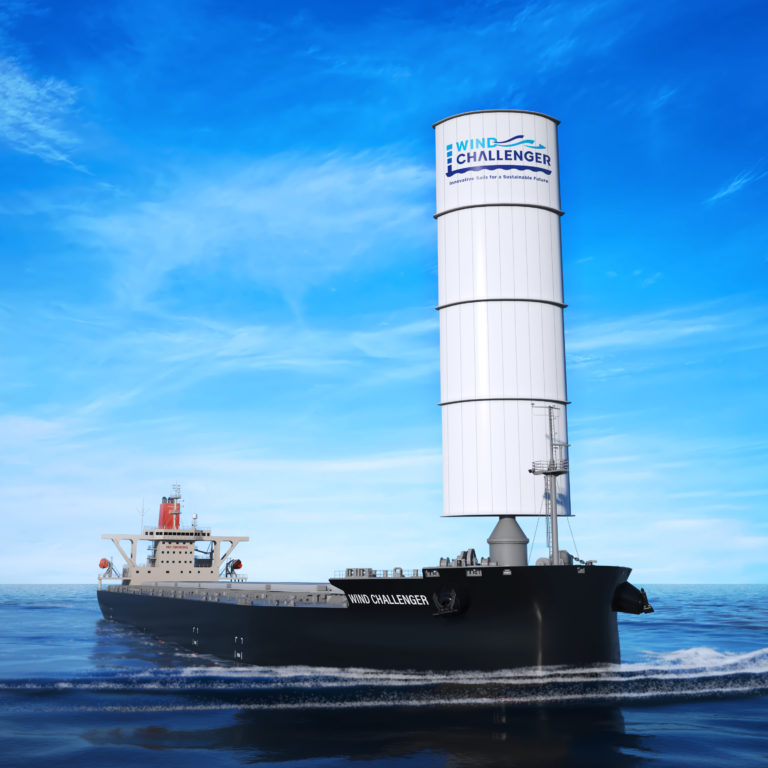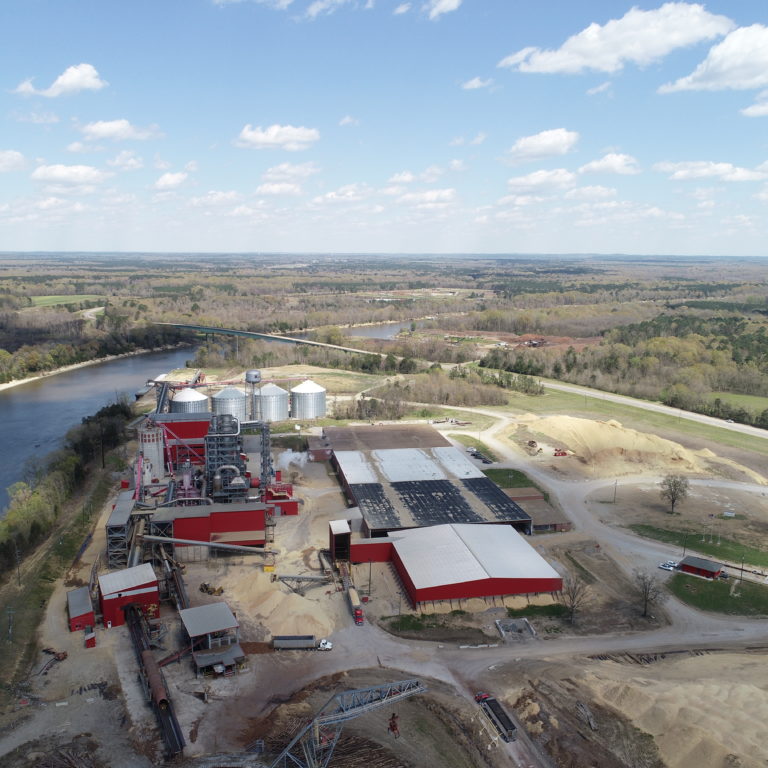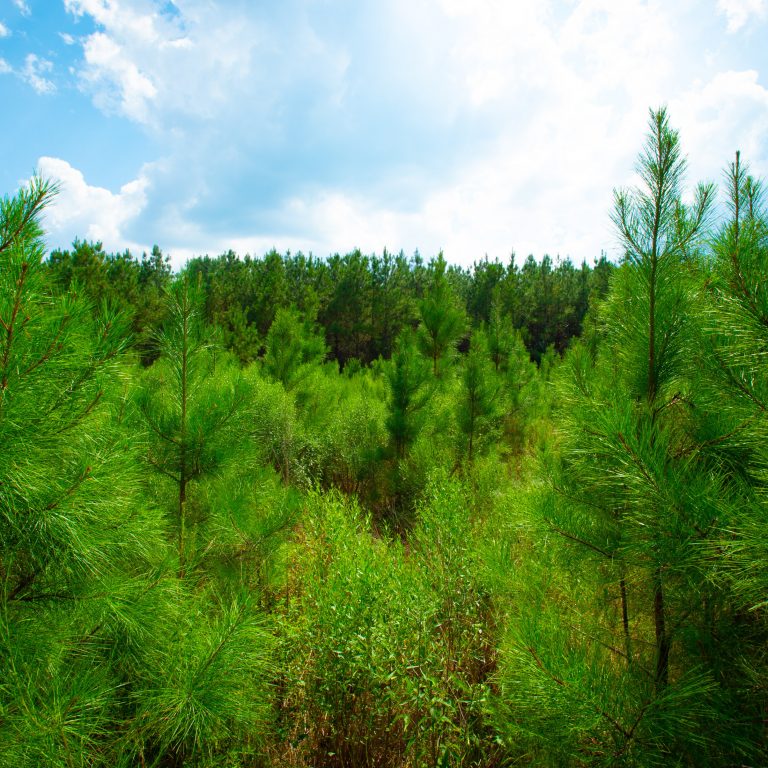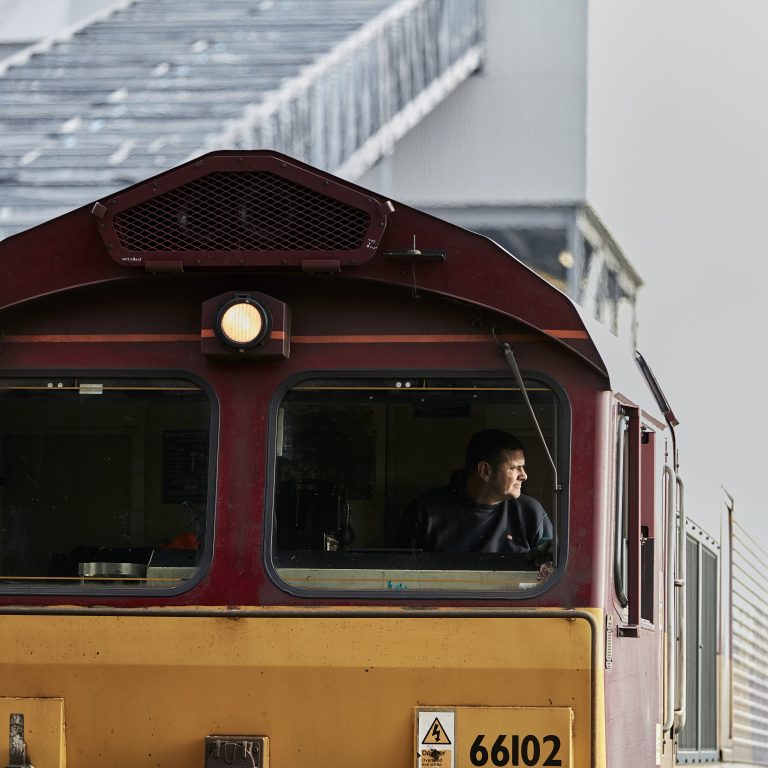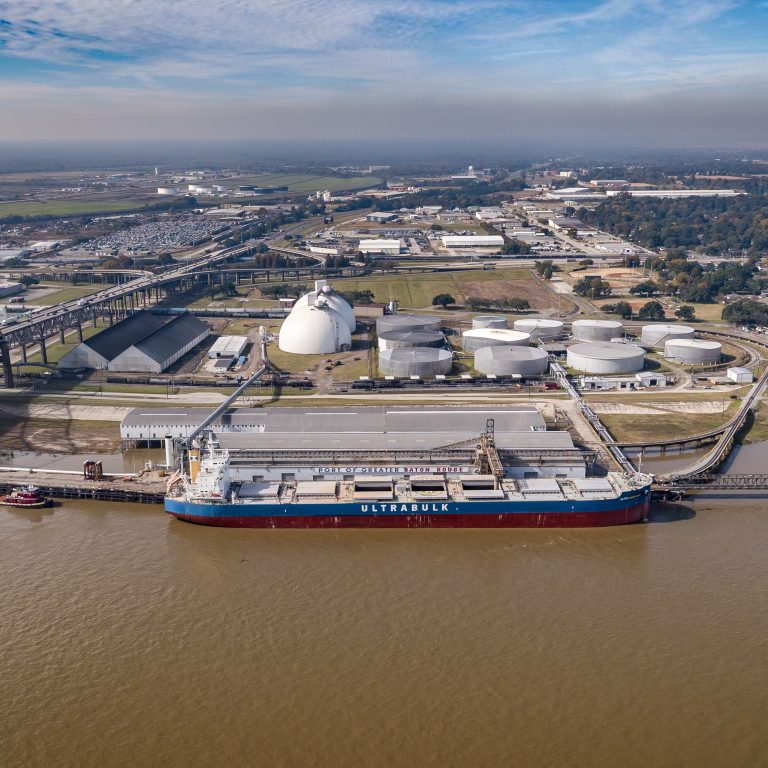In the UK, we’re so accustomed to using electricity we rarely think of the journey it takes from power station to plug.
In fact, electricity must travel across a network of cables, wires and substations before it makes it from the power stations generating it to the homes and businesses using it. At Drax Power Station, which supplies 16% of Great Britain’s renewable power, there’s another journey that takes place even before the electricity leaves the power station.
This journey – the journey of more than half of the compressed wood pellet fuel Drax uses to generate electricity – has its origins in the expanse of forestland in the southern USA.
From forest to fuel
The journey starts in the huge, working forests of the southern states of the USA where low value wood – such as the thinnings cleared as part of a forests’ growing cycle – is collected in a responsible and sustainable way to make high density wood pellets, which Drax Power Station uses to produce more than 60% of its electricity.
Drax Group’s own pellet manufacturer, Drax Biomass, produces around 15% of the power station’s renewable fuel. After pelletisation locally at its Amite and Morehouse facilities, located in Louisiana and Mississippi respectively, the biomass is transported to Drax Transit at the Port of Greater Baton Rouge, on the Mississippi River. From Morehouse, trains made up of closed-top grain cars, each capable of carrying 120 tonnes, transport the pellets 221 miles to Baton Rouge. At Amite, just 60 miles from Baton Rouge, fuel-efficient trucks carry 25-tonne loads between plant and port.
Once at the port, the truck and train cargoes are unloaded into one of two biomass storage domes – each holding 40,000 tonnes of biomass – before being loaded into the ships for their transatlantic journey.
From port to port
Drax uses a range of ships to carry the pellets on their 8,000-mile journey to the UK, ranging from big ‘Coastal’ ships, capable of hauling 20,000 tonnes, to truly massive Panamax ships, more than a quarter of a kilometre in length and capable of carrying up to 80,000 tonnes.
The ships leave the port and spend 24 hours travelling the 200 miles down the Mississippi River into the Gulf of Mexico, around Florida, and into the Atlantic. From here, it’s a 19-day voyage to reach ports in the UK. To put that into perspective, it took Columbus more than two months to make his first trip across the Atlantic.
The ships pull into ports in Tyne, Hull, Immingham and Liverpool, where they are unloaded. At the bespoke biomass port facility at Peel Ports in Liverpool an Archimedean screw removes the pellets from the ship’s holds and transports them onto a conveyer belt, which loads them onto trains. These four ports can process up to 12 million tonnes of biomass every year, combined.
From port to power station
Like the stateside journey, Drax uses trains to carry its cargo from port to power plant. The difference on the UK side, however, is that the UK trains were designed specifically to carry biomass wood pellets. Clever design and engineering was used to maximise the space inside each carriage and ensure the trains carry large loads despite UK rail restrictions.
These trains carry the pellets across the country (and even over the Pennines for trains coming from Liverpool) to Drax Power Station in Selby, North Yorkshire. Roughly 14 trains arrive at the plant every day and collectively unload about 20,000 tonnes of pellets every day, from Monday to Saturday. A system of conveyor belts carry these pellets to one of Drax’s four giant biomass storage domes, each capable of housing about 80,000 tonnes of pellets.
Then, when needed, the conveyor system takes the pellets on their final journey: into the furnace. The pellets are combusted, which boils water to create steam, which turns a turbine connected to a generator, which then feeds electricity to the national grid. The electricity travels across miles of cables, and wires, through substations and transformers, and finally into your power socket.
Long journey, low emissions
Despite the number of miles travelled, the journey of biomass is tracked and managed to ensure the Drax Power Station supply chain is as low-carbon as possible. The result is that, even with all supply chain emissions considered, the power generated has a carbon emissions profile that is more than 80% lower than coal.
It might be one of the most impressive supply chains involved in powering this island – but it’s not the only one to travel thousands of miles. The journey of biomass to England joins liquefied natural gas (LNG) shipped from the Middle East, coal from Colombia and solar panels manufactured in China – imports that ensure we have readily available access to power on our shores.





